The Surprising Complexity of Prairie Dog Language
We learn how to listen closely to these critters—they’re saying a lot more than you’d think.
Each week, Atlas Obscura is providing a new short excerpt from our upcoming book, Wild Life: An Explorer’s Guide to the World’s Living Wonders (September 17, 2024).
In the early twentieth century, some prairie dog towns stretched for hundreds of miles. Cowboys and naturalists passing through described acres of sociable rodents, who would pop out of the ground and greet them with high-pitched chatter.
Those visitors didn’t know it, but they were being described in turn. These squeaks and yips make up the most elaborate animal vocalizations we humans have yet translated. Indeed, the prairie dogs’ communication system is so detailed and specific that some researchers are “comfortable calling it a language,” says Con Slobodchikoff, the animal behaviorist who introduced this concept after studying prairie dogs for decades.
For a long time, Slobodchikoff himself was not a discerning listener of prairie dogs. “I thought a cheep was a cheep,” he says. Then, on a tip from a colleague, he started recording the calls, using software to track slight variations: a rising pitch here, an overtone there. By combining sonic analysis with experiments, he realized the prairie dogs weren’t just sounding blunt alarms with their cheeps—they were exchanging detailed bulletins.

A given call might contain information about a suspicious figure’s identity (“hawk!” “coyote!”), speed of approach, and size—or, if they happen to be a nosy researcher, their height and the color of their shirt. These messages are responded to with the appropriate behavior—craning a neck for a wheeling falcon, diving into a burrow for a close-by dog. By hanging cutout shapes above a prairie dog colony, UFO-style, Slobodchikoff and his colleagues learned that the rodents can even differentiate between circles and triangles (although not, for whatever reason, between circles and squares).
“It has been unfashionable in scientific circles to refer to animal communication systems as language,” says Slobodchikoff. Plenty of people consider language to be unique to our own species. But to him, the prairie dogs clear the bar, exhibiting “all the elements that linguists say you have to find,” from sounds that carry distinct meanings to the capacity for expressing new combinations of thoughts.
Many other aspects of prairie dog communication remain encoded—at least for now. One mysterious communique popular with several species is the “jump-yip,” a gesture-vocalization combo frequently compared to a stadium wave, in which many prairie dogs in a row cry aloud while tossing their arms (and sometimes their full bodies) into the air. An entire colony can get swept up in a jump-yip.
While it’s not entirely clear what these contagious bouts are for, researchers suspect they might be a prairie dog’s way of making sure everyone else is paying attention. After all, those richly drawn sentences aren’t just for showing off. Talk may be cheep, but not listening can be expensive.

- Range: Colorado, Arizona, Utah, and New Mexico
- Major species: Gunnison’s prairie dog (Cynomys gunnisoni)
- How to see them: Get close enough to one and he will tell his neighbors all about you. Make sure to visit between May and September, when the prairie dogs are spending time aboveground.
Wild Life: An Explorer’s Guide to the World’s Living Wonders celebrates hundreds of surprising animals, plants, fungi, microbes, and more, as well as the people around the world who have dedicated their lives to understanding them. Pre-order your copy today!

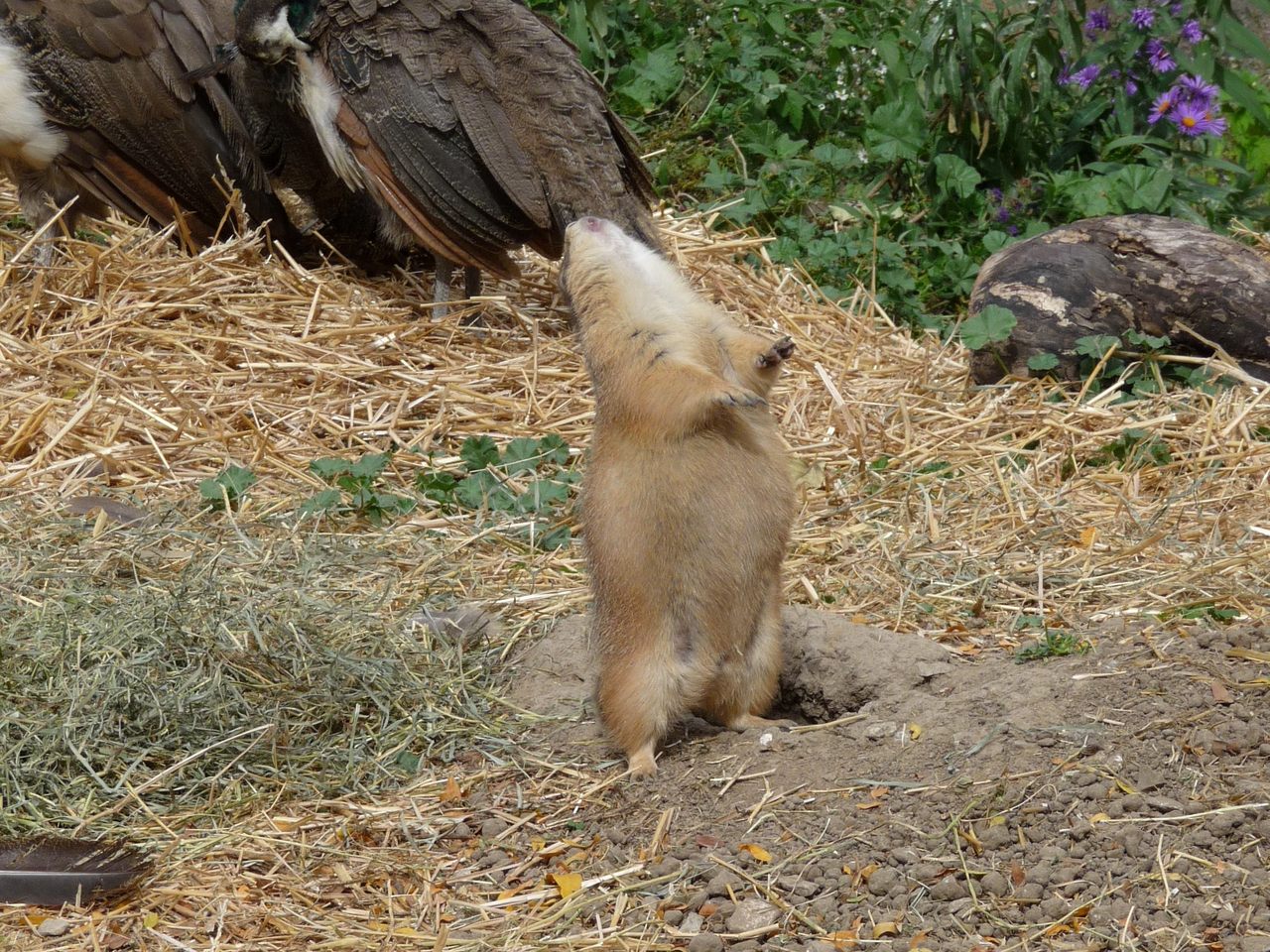
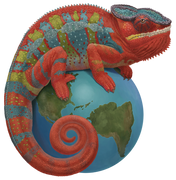
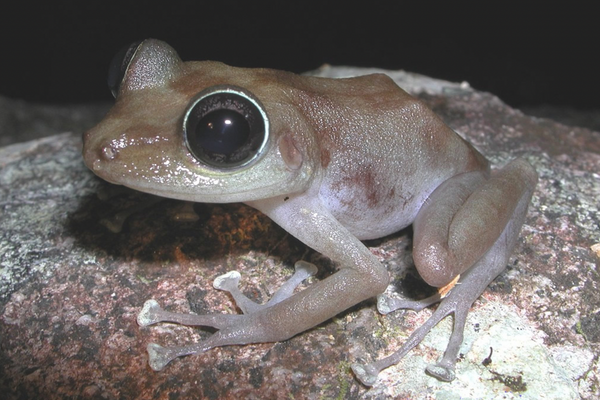
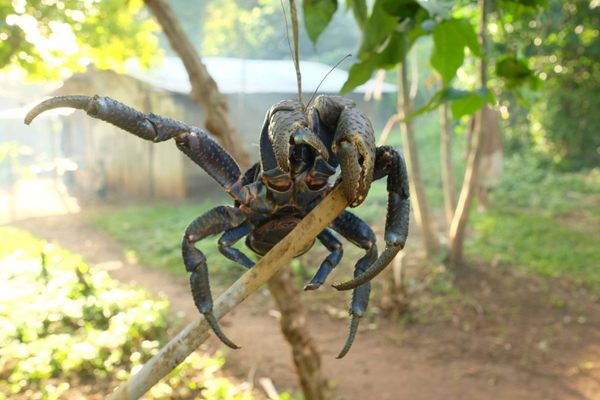

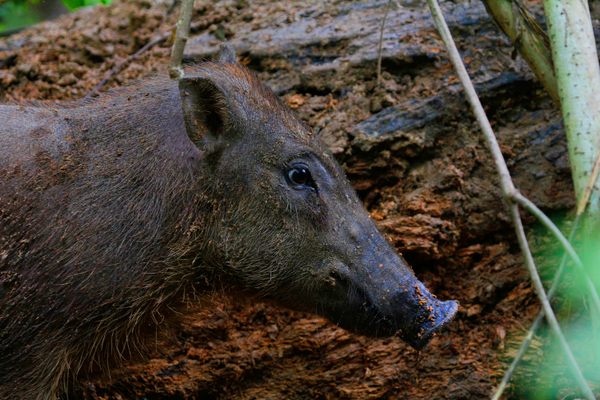


























Follow us on Twitter to get the latest on the world's hidden wonders.
Like us on Facebook to get the latest on the world's hidden wonders.
Follow us on Twitter Like us on Facebook